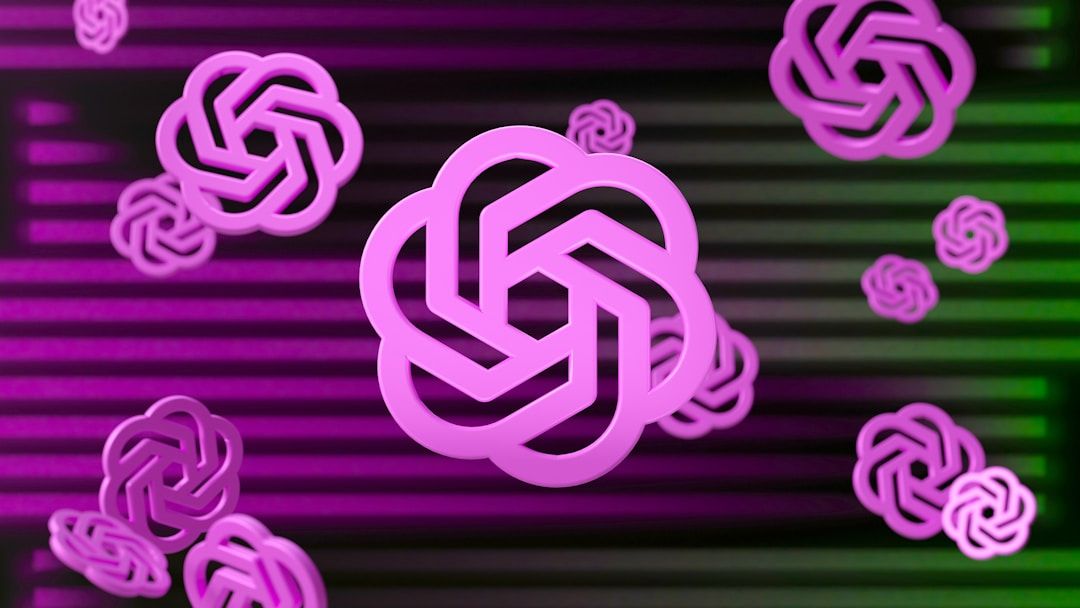Mar 6
/
Naz
OpenAI’s Masculinity Drama: Missing Women in the game
I find myself captivated by the tech soap opera that is OpenAI's development—a narrative teeming with ambition, conflict, and strategic shifts. It's a saga that stirs a complex mix of excitement and apprehension within me.
What I understood from Elon Musk's attitude towards OpenAI:
"either you are mine or you're dead!"

However, amidst this drama, one glaring omission stands out: the absence of women from the storyline. This oversight represents my primary concern, highlighting a significant deficit in the narrative's inclusivity.
In the latest twist, OpenAI has laid bare its correspondences with Elon Musk, unveiling the depths of collaboration and divergence among tech titans. I was particularly intrigued by a 2015 blog post that reminisced about a united front against the likes of Larry Page and Google/DeepMind. Yet, conspicuously absent from the narrative are female voices—both in the story's core and among its commentators. It's all men, which begs the question: What dynamics might a gender-balanced team have introduced?
To dissect this, I turned to an OpenAI product, ChatGPT, to articulate my thoughts through a detailed analysis. The examination spans the behaviors and decisions emblematic of male leadership in the high-stakes domain of AGI development, juxtaposing a real-world, male-dominated team setup against a hypothetical gender-balanced team.
1. Competitive Drive vs. Collaborative Innovation: Elon Musk's push for a $1 billion funding commitment underscores a quintessentially male competitive drive, aimed at outpacing giants like Google or Facebook. While this ambition has propelled significant technological strides, a gender-balanced team might have broadened the innovation spectrum, marrying competitive drive with collaborative innovation to explore underrepresented avenues of AI research and application.
2. Visionary Ambition vs. Comprehensive Ethical Oversight: The male-led initiative's forward-thinking and adaptive strategies have undoubtedly advanced AGI. However, a gender-balanced team could have infused these ambitions with a stronger ethical grounding, ensuring a more conscientious approach to AGI's societal ramifications from the outset.
3. Control and Independence vs. Inclusive Decision-Making: The narrative reveals a male preference for centralized decision-making and control. In contrast, gender diversity might favor more inclusive and democratic decision-making processes, valuing a wider array of perspectives and fostering a more cooperative environment.
4. Risk Management and Strategic Shifts vs. Ethical Deliberation: OpenAI's male-driven leadership has shown strategic flexibility in managing risks. A gender-balanced perspective could have introduced earlier and more nuanced ethical deliberations, potentially steering the organization towards more responsible development pathways sooner.
5. Empowerment through Accessibility vs. Focus on Social Impact: Despite OpenAI's mission to democratize AI, the emphasis remains largely technological. A team with gender balance might have placed a stronger emphasis on the social impact of AGI, prioritizing projects that address social inequalities and ensuring the technology's benefits are widely accessible.
In reflecting on OpenAI's journey, it's clear that while male leadership has driven the organization to impressive heights, the inclusion of more female voices could have enriched its path.
A gender-balanced team could offer a broader spectrum of innovation, a deeper commitment to ethical development, and a more inclusive approach to technology's societal impact. As the saga unfolds, it's a narrative twist that could redefine the future of AGI and its role in humanity's story.
Further reading:
The famous blogs article published on 2015: Should AI be open?
The newest blog published today: OpenAI and Elon Musk
WOMEN AI ACADEMY
Women AI Academy is a gender-equality and technology driven learning & development organization
Site Terms & Info
ETHOS AI Training & Consulting GmbH
Weihenstephanerstr.1281673
Munich-Germany
We are driven by the vision of making AI both ethical and accessible to everyone
Copyright © 2024 Brought to you by Ethos ai AI Training & Consultancy GmbH
Ali Hessami is currently the Director of R&D and Innovation at Vega Systems, London, UK. He has an extensive track record in systems assurance and safety, security, sustainability, knowledge assessment/management methodologies. He has a background in the design and development of advanced control systems for business and safety-critical industrial applications.
Hessami represents the UK on the European Committee for Electrotechnical Standardization (CENELEC) & International Electrotechnical Commission (IEC) – safety systems, hardware & software standards committees. He was appointed by CENELEC as convener of several Working Groups for review of EN50128 Safety-Critical Software Standard and update and restructuring of the software, hardware, and system safety standards in CENELEC.
Ali is also a member of Cyber Security Standardisation SGA16, SG24, and WG26 Groups and started and chairs the IEEE Special Interest Group in Humanitarian Technologies and the Systems Council Chapters in the UK and Ireland Section. In 2017 Ali joined the IEEE Standards Association (SA), initially as a committee member for the new landmark IEEE 7000 standard focused on “Addressing Ethical Concerns in System Design.” He was subsequently appointed as the Technical Editor and later the Chair of P7000 working group. In November 2018, he was appointed as the VC and Process Architect of the IEEE’s global Ethics Certification Programme for Autonomous & Intelligent Systems (ECPAIS).
Trish advises and trains organisations internationally on Responsible AI (AI/data ethics, policy, governance), and Corporate Digital Responsibility.
Patricia has 20 years’ experience as a lawyer in data, technology and regulatory/government affairs and is a registered Solicitor in England and Wales, and the Republic of Ireland. She has authored and edited several works on law and regulation, policy, ethics, and AI.
She is an expert advisor on the Ethics Committee to the UK’s Digital Catapult Machine Intelligence Garage working with AI startups, is a Maestro (a title only given to 3 people in the world) and expert advisor “Maestro” on the IEEE’s CertifAIEd (previously known as ECPAIS) ethical certification panel, sits on IEEE’s P7003 (algorithmic bias)/P2247.4 (adaptive instructional systems)/P7010.1 (AI and ESG/UN SDGS) standards programmes, is a ForHumanity Fellow working on Independent Audit of AI Systems, is Chair of the Society for Computers and Law, and is a non-exec director on the Board of iTechlaw and on the Board of Women Leading in AI. Until 2021, Patricia was on the RSA’s online harms advisory panel, whose work contributed to the UK’s Online Safety Bill.
Trish is also a linguist and speaks fluently English, French, and German.
In 2021, Patricia was listed on the 100 Brilliant Women in AI Ethics™ and named on Computer Weekly’s longlist as one of the Most Influential Women in UK Technology in 2021.

